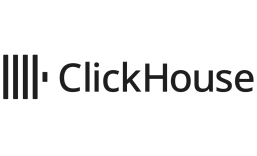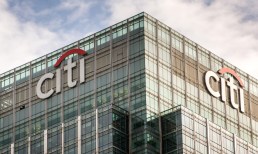“Consumer spending is a lagging indicator, meaning it tends to respond to economic changes with a delay,” Spence Mehl, partner at RCS Real Estate Advisors who focuses on clients in the retail sector, told a real estate trade publication recently. “So, even if interest rates drop, we probably won’t see an immediate boost in consumer spending right away. It takes time for these changes to affect how much people are willing to spend.”
Even with a rate cut, most economists in the banking and payments industries are looking at a soft Q4 as consumers take stock of cooling inflation, a tepid job market and lowering standards for larger purchases like cars and appliances. As PYMNTS has reported, trade downs rather than “trade outs” continue to mark consumer spending behavior, especially among the paycheck-to-paycheck customer. This is validated by several economists. For example, Goldman Sachs now projects that the consumer will return to what it calls “normal” spending levels rather than a recessionary pattern.
“If the consumer is growing their spending at a roughly on-trend pace, that should be what we expect for the overall economy, barring swings in some of the more volatile components of GDP,” wrote Joseph Briggs, who jointly leads the Global Economics team in Goldman Sachs Research. “With this type of tailwind to overall growth, it’s hard for GDP to underperform significantly. It’s one of the reasons why we think the odds of a recession are still quite low. A soft landing both for the consumer and the overall economy is clearly the most likely outcome.”
If there is substantial growth to be had, it will most likely come at the higher end of the income spectrum. An August report from Deloitte showed that higher-income Americans appear to be driving improvements in financial sentiment. Its data showed that since September 2022, the percentage of higher-income respondents who say their financial situation improved over the past year increased by 13 percentage points to 77%. It also found that sentiment remains lower or relatively unchanged among middle- and lower-income respondents, which is consistent with PYMNTS findings.
Those findings about consumer spending are contained in several reports from PYMNTS Intelligence including “New Reality Check: The Paycheck-To-Paycheck Report,” which paints a concerning picture of rising financial instability among consumers. The report’s “Nonessential Spending Deep Dive Edition” reveals a stark year-over-year increase in financial strain, with 21% of consumers living paycheck to paycheck as of July 2023. This represents a nearly 3% increase compared to the previous year.
Advertisement: Scroll to Continue
This financial vulnerability is affecting consumers across income levels. Among low-income consumers, the percentage struggling to pay bills rose to 34%, while even among high-income consumers, this figure increased to 13%. The percentage of consumers not living paycheck to paycheck has dropped significantly, falling 7% in just two years. By 2023, only 39% of consumers reported financial stability, highlighting a growing trend of financial insecurity across the population.
Other outlooks were similarly cautious. EY’s Q4 outlook identified four factors to watch. One: Inflation could lead to high prices for services and sudden increases in the cost of basic goods. Two: High interest rates, even with a half-point cut, can make it harder for businesses to grow and invest, potentially causing a sudden economic slowdown. Three: Government debt causes struggle for some countries, especially in countries with a lot of political uncertainty. Four: Potential for growth exists despite these risks, since there’s a chance the U.S. economy could grow without causing inflation.
“We expect slower economic activity heading into 2025 as still-elevated prices and interest rates curb private sector activity,” writes EY chief economist Gregory Daco. “Households will spend more prudently as labor market conditions and income growth soften further while elevated financing costs lead businesses to hire and invest with discretion. Still, business leaders and consumers are not retrenching, and financial market volatility is more a reflection of the Federal Reserve being behind the curve in terms of easing policy than reflective of any fundamental economic weakness.”




